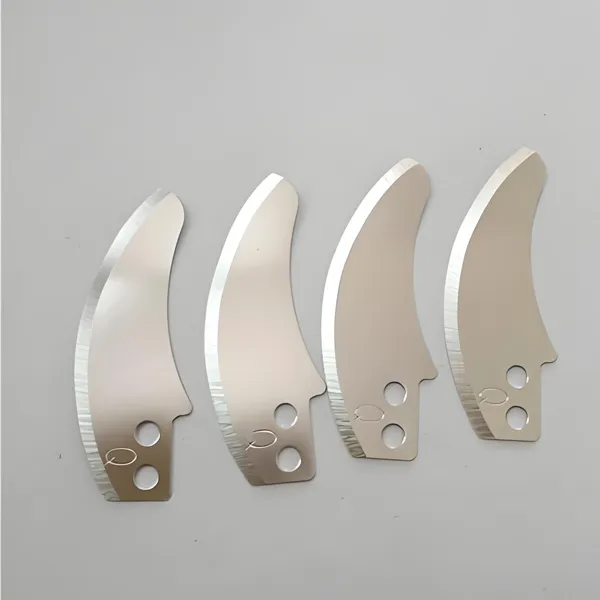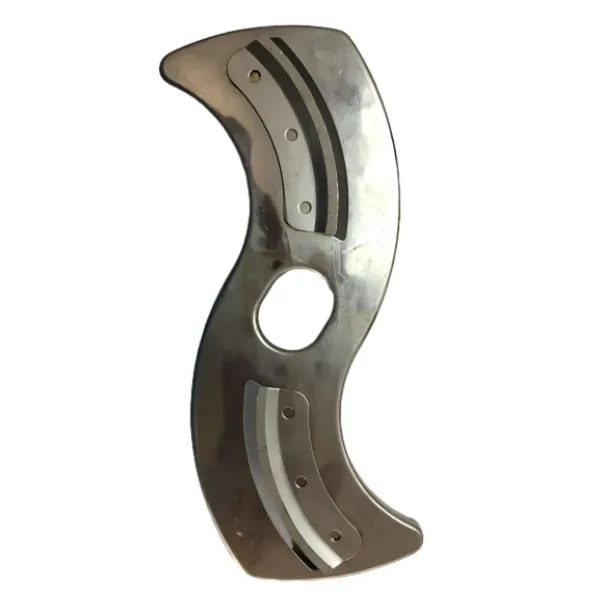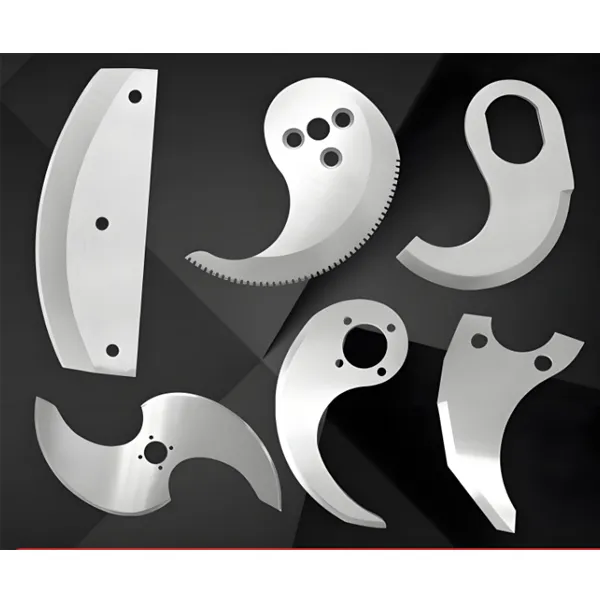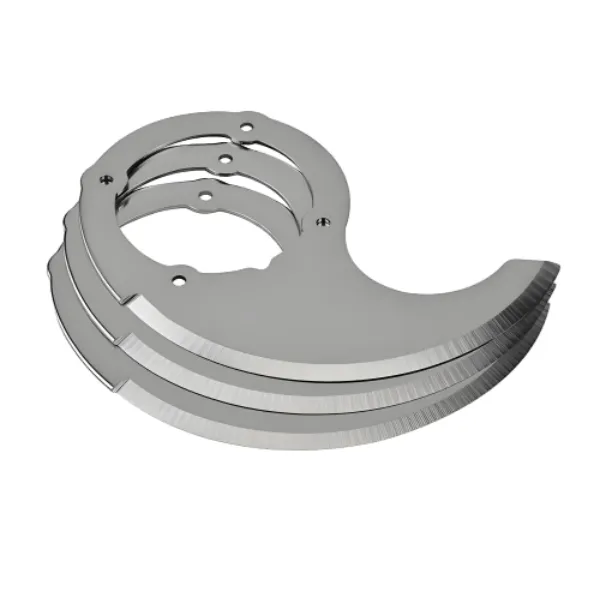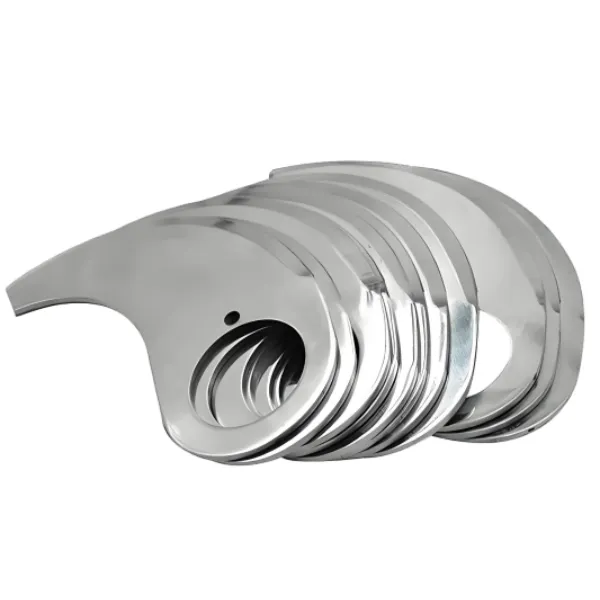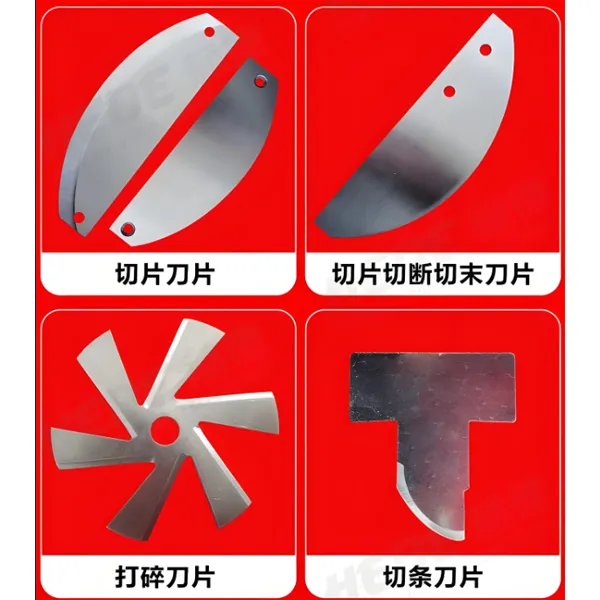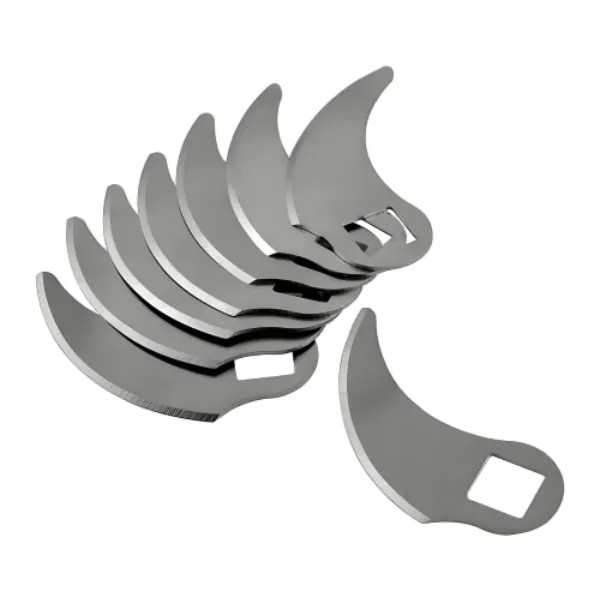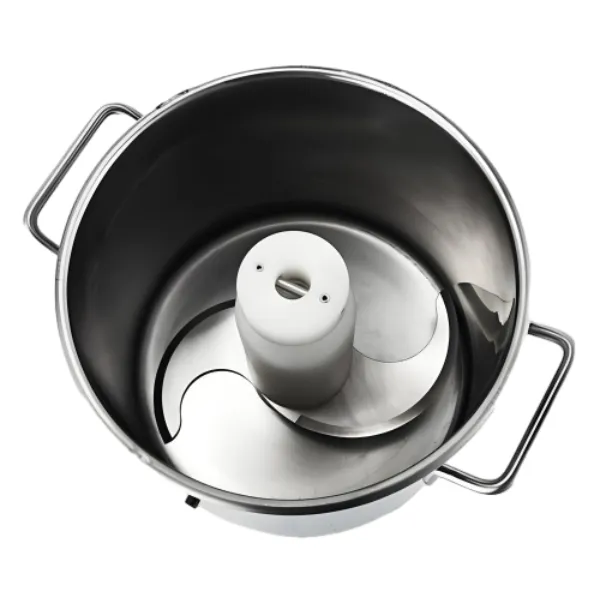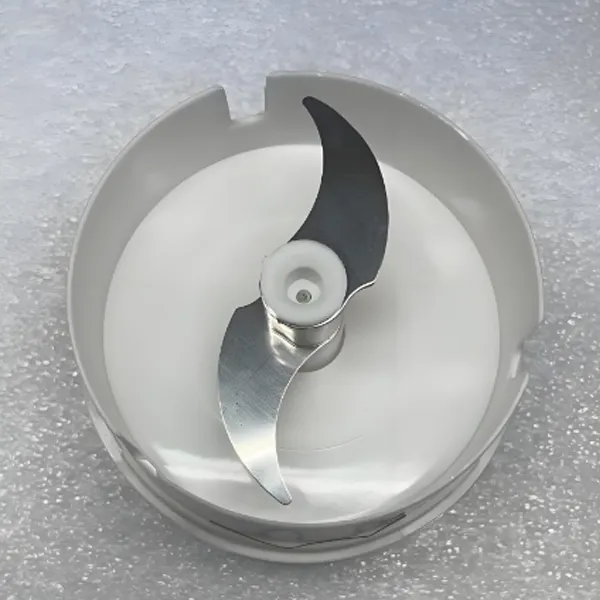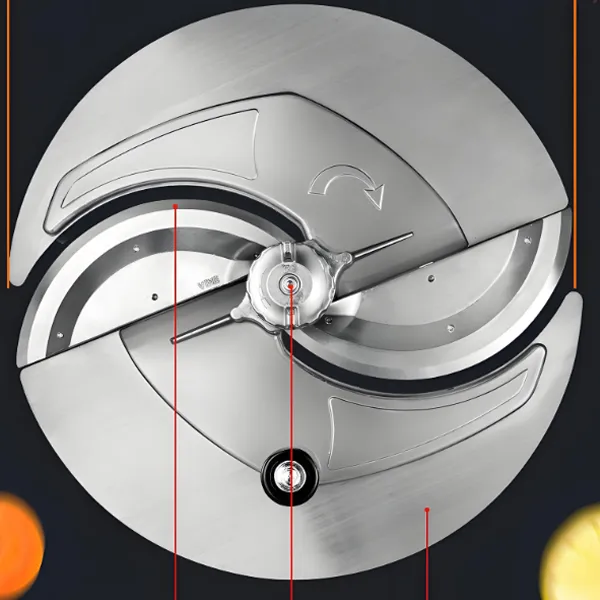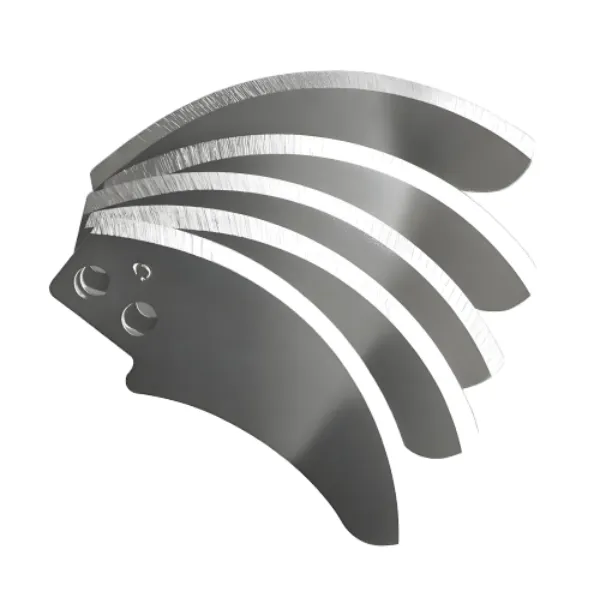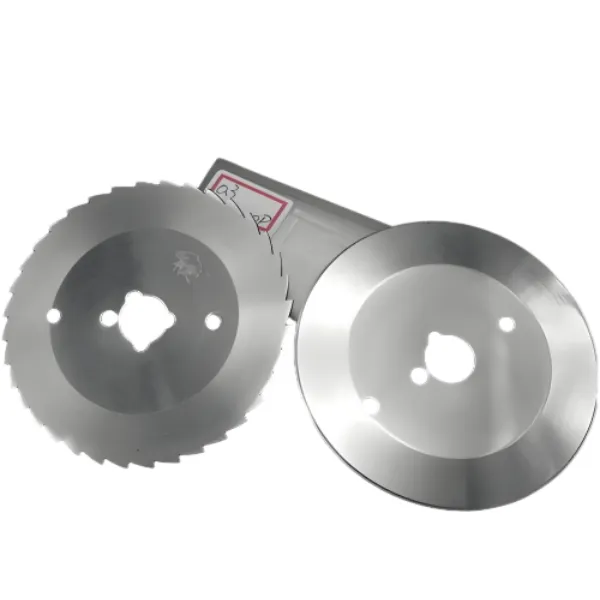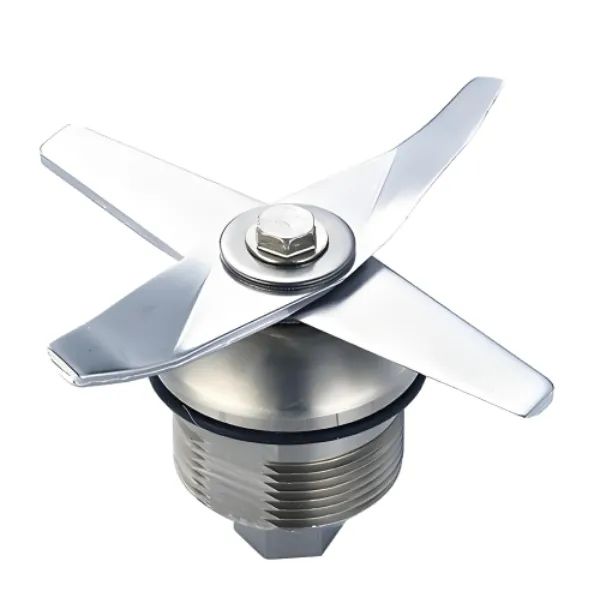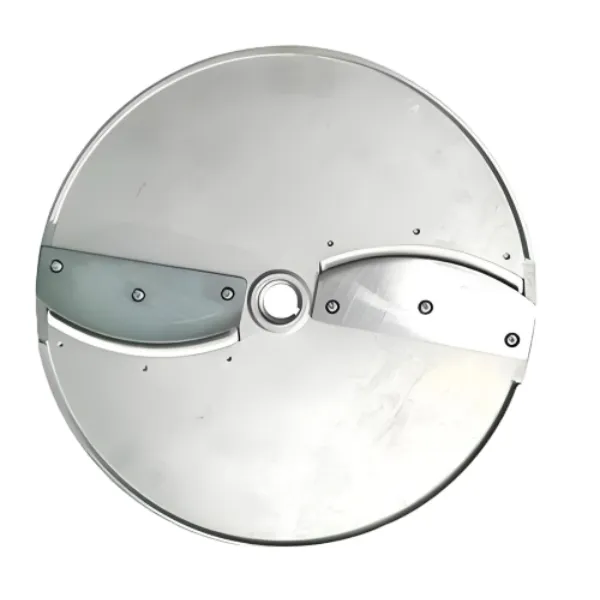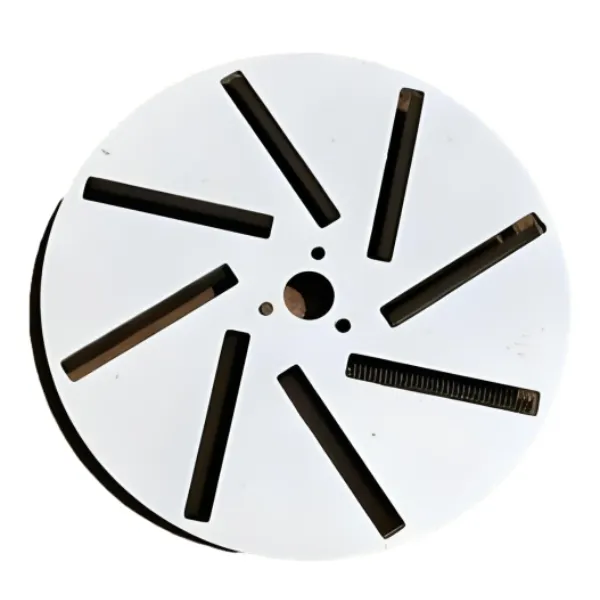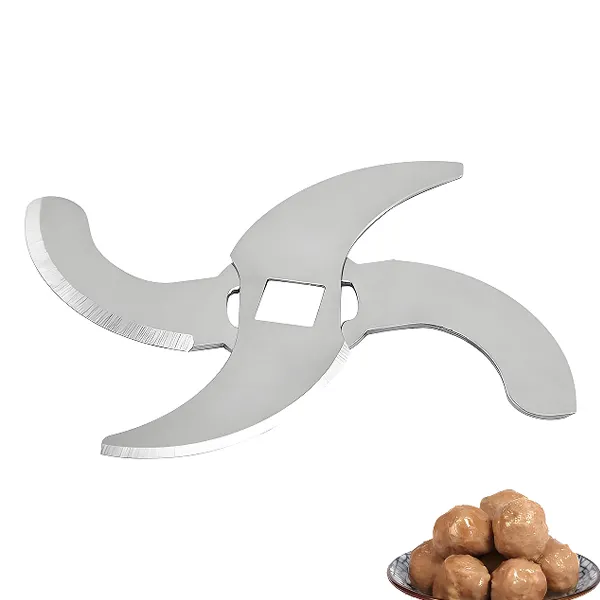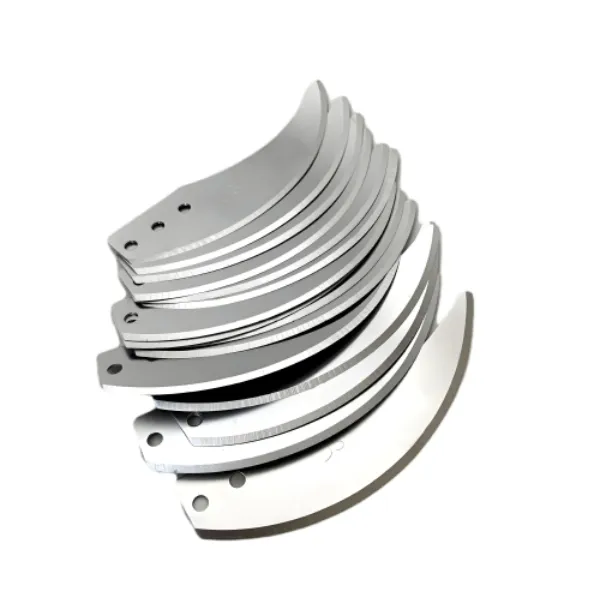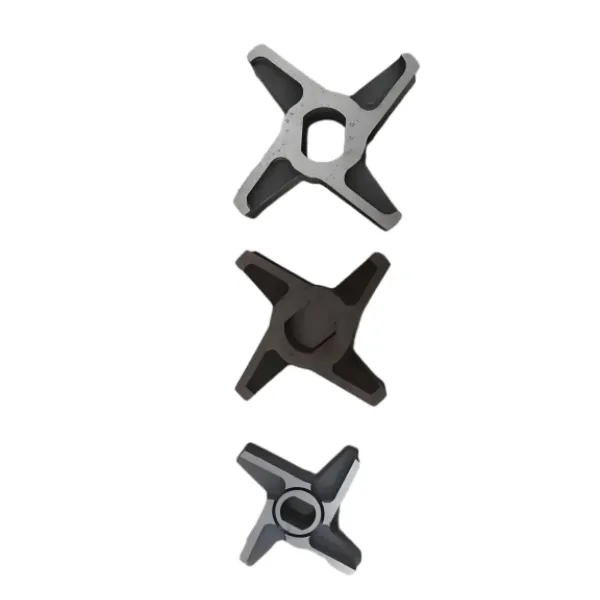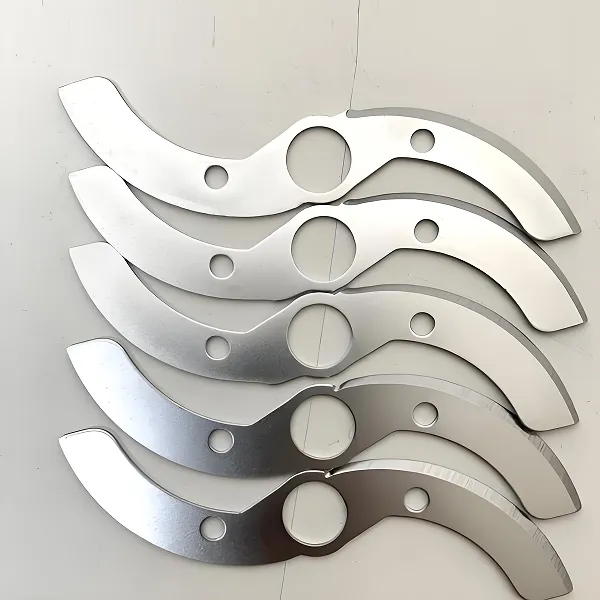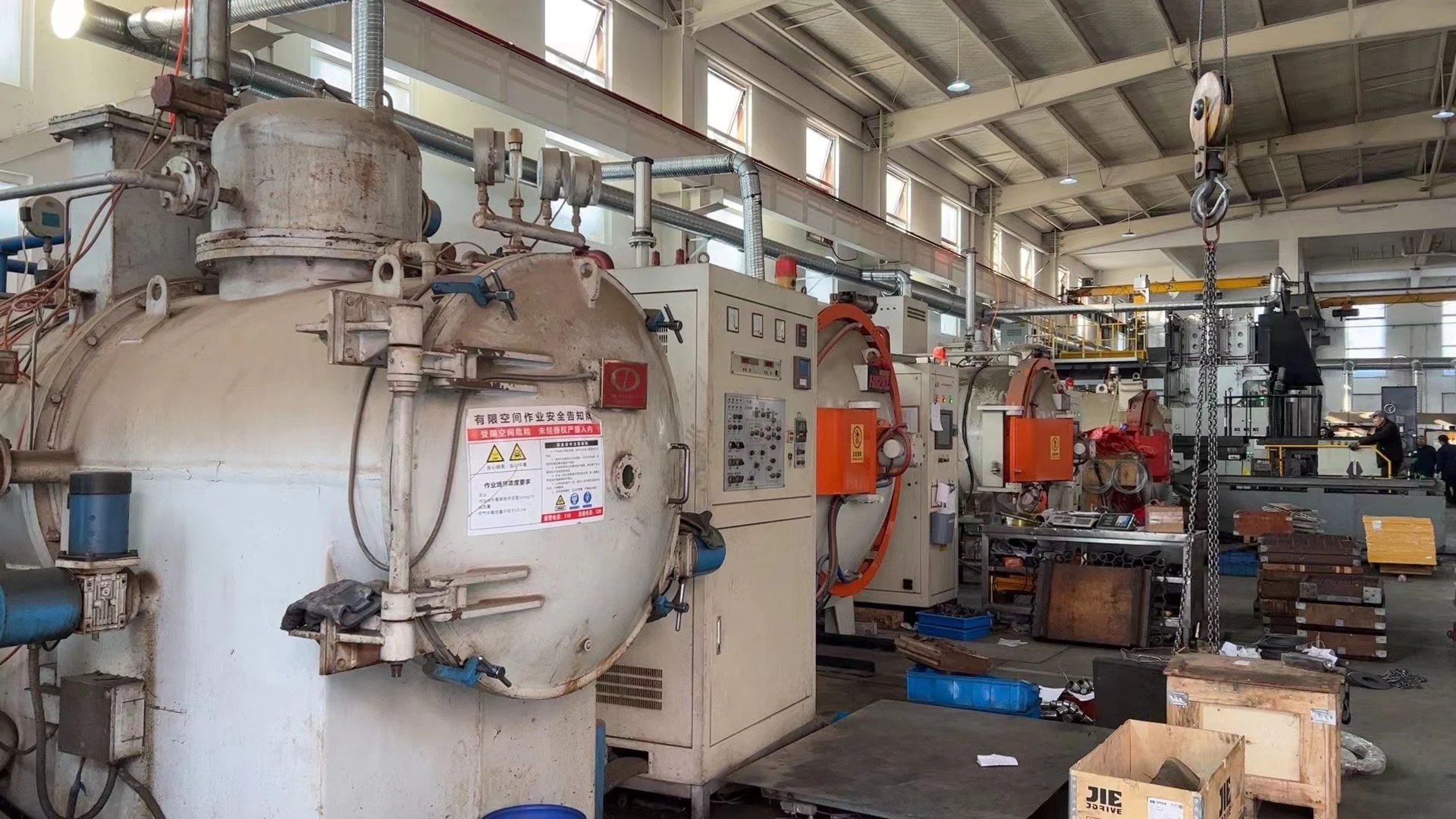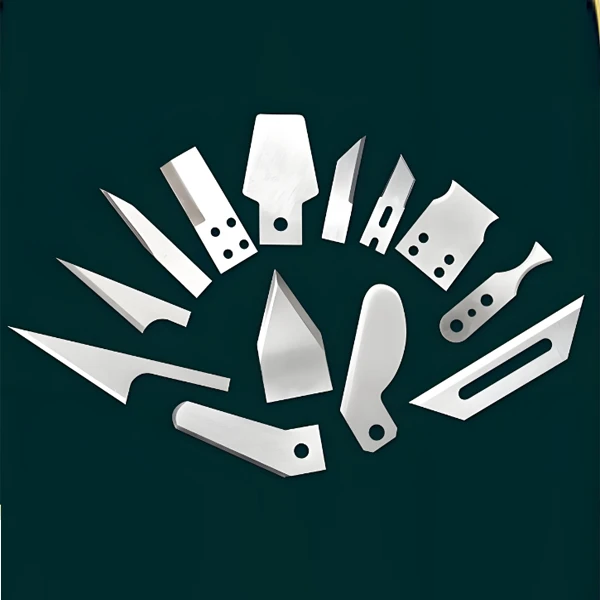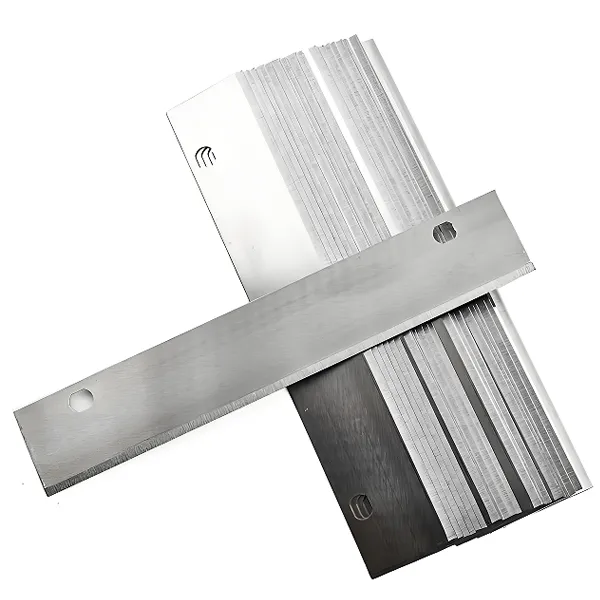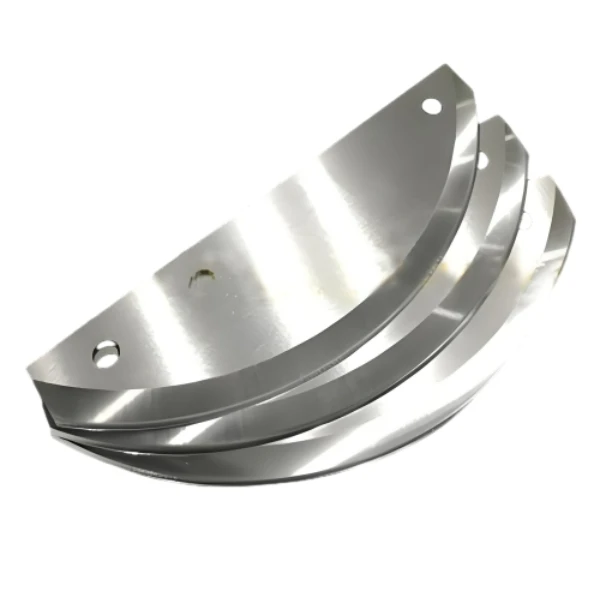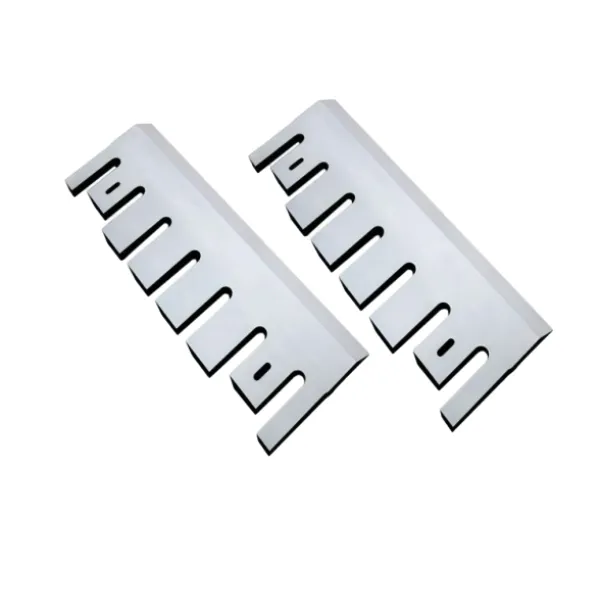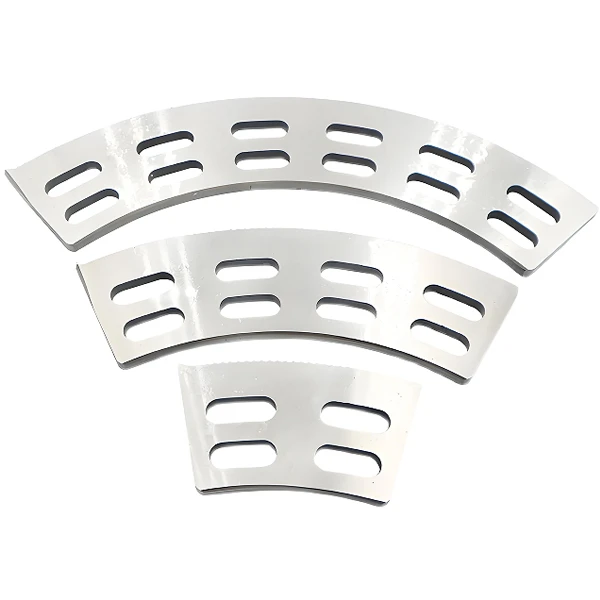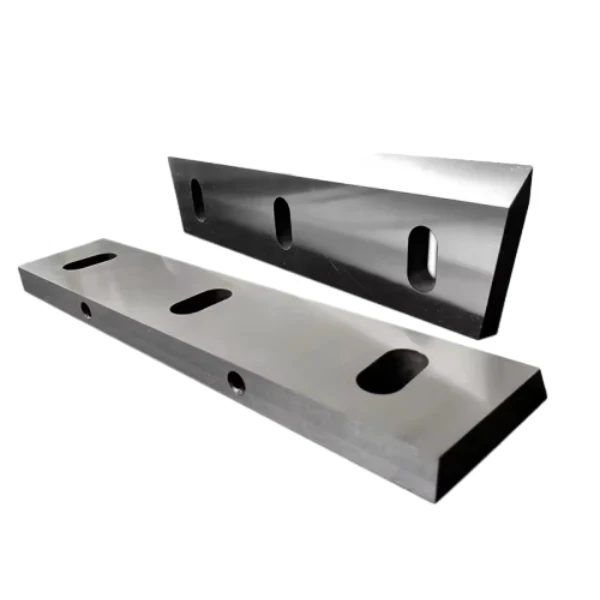- Tel: +86 15003285235
- Email: lena@industrialblades.cc
- Afrikaans
- Albanian
- Amharic
- Arabic
- Armenian
- Azerbaijani
- Basque
- Belarusian
- Bengali
- Bosnian
- Bulgarian
- Catalan
- Cebuano
- Corsican
- Croatian
- Czech
- Danish
- Dutch
- English
- Esperanto
- Estonian
- Finnish
- French
- Frisian
- Galician
- Georgian
- German
- Greek
- Gujarati
- Haitian Creole
- hausa
- hawaiian
- Hebrew
- Hindi
- Miao
- Hungarian
- Icelandic
- igbo
- Indonesian
- irish
- Italian
- Japanese
- Javanese
- Kannada
- kazakh
- Khmer
- Rwandese
- Korean
- Kurdish
- Kyrgyz
- Lao
- Latin
- Latvian
- Lithuanian
- Luxembourgish
- Macedonian
- Malgashi
- Malay
- Malayalam
- Maltese
- Maori
- Marathi
- Mongolian
- Myanmar
- Nepali
- Norwegian
Meat Chopper
1.Fine segmentation after slaughter: the meat chopper cooperates with the hanging chain conveying line to complete the preliminary segmentation and meat processing of pigs, beef and mutton, and realize the assembly line connection between slaughter and processing. According to different animal body types and meat quality characteristics, adjust the blade parameters (such as rotating speed and knife group arrangement) to ensure the uniformity of minced meat (particle size error ≤1mm).
2.Deep processing of meat products: used to prepare raw materials for ham sausage, meatballs and other products. The meat pieces are quickly ground into 2-5mm particles by multi-knife collaborative cutting (such as six-leaf cutter head).
3.Preparation of standardized meat stuffing: The meat crusher is equipped with S-shaped cutter head or four-leaf blade, which can process pork, beef and other ingredients in batches, with a single processing capacity of 1-5kg, meeting the standardized requirements of steamed stuffed bun, jiaozi and other meals. Through the double speed regulation function (such as 1300 rpm), it adapts to the difference between soft and hard ingredients and improves the fineness of meat stuffing (fat retention rate ≥95%).
4.Processing of raw materials for prefabricated vegetables: In products such as instant meat sauce and chafing dish bottom material, the meat chopper can quickly break the ingredients, and with the design of closed container, the juice is prevented from splashing, thus ensuring the cleanliness of the processing environment.
5.Convenient handling of household kitchen: The detachable knife set design (such as Jiuyang S3-LA166) is adopted, which supports the micro-processing of 30-500g ingredients and meets the refined needs of baby food supplement and home cooking. The combination of high borosilicate glass container and food-grade stainless steel blade avoids the migration of heavy metals and meets the requirements of family food safety.
6.Processing of mixed ingredients: The meat chopper can cut meat and accessories (such as ginger, garlic and vegetables) at the same time, and the ingredients can be crushed synchronously through multi-knife layered arrangement, thus improving the preparation efficiency of condiments.
|
Material Type |
Advantages |
Limitations |
Typical Application Scenarios |
|
Stainless Steel (5cr13) (30cr13) |
Strong rust resistance, easy maintenance, in compliance with food safety standards |
Hardness lower than high carbon steel, easy to passivate after long-term use |
Household/commercial meat grinder blades |
|
High-Carbon Steel |
High sharpness of the blade and outstanding cutting efficiency |
Regular maintenance and rust prevention are required, resulting in high maintenance costs |
Industrial grade meat crushing equipment |
|
Titanium Alloy |
Extremely strong wear resistance and excellent corrosion resistance |
High manufacturing cost and low popularity rate |
Customized requirements for high-end meat processing plants |
The main materials for meat cutters in the food industry are stainless steel (5Cr13/30Cr13) and high carbon steel. The former focuses on rust prevention and safety, while the latter emphasizes cutting efficiency; High end materials such as titanium alloy are limited by cost and are only used in special scenarios.
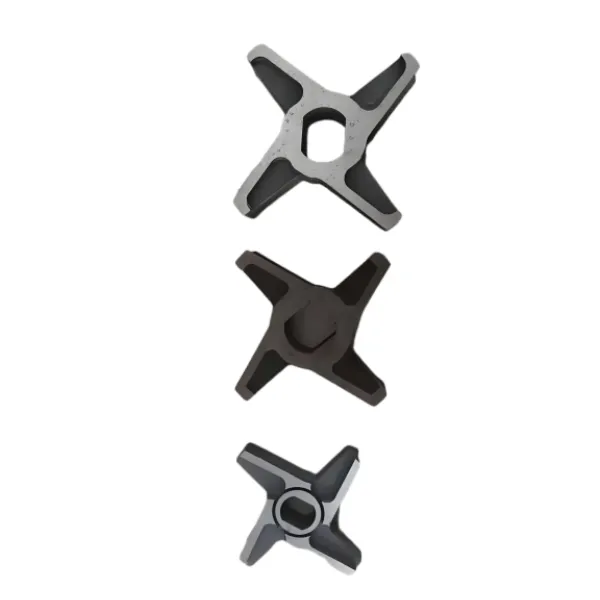
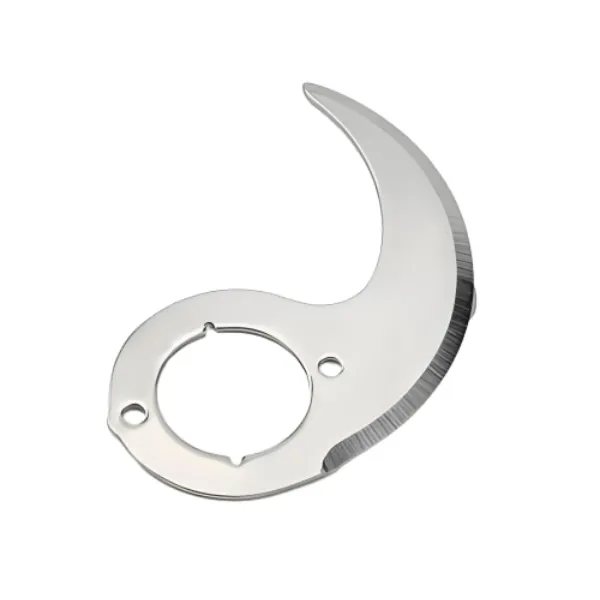
|
Common Shapes |
Characteristics and Application |
|
Standard Nine Character Design |
Outer diameter 19mm, thickness 1.0mm |
|
Flower Shaped Nine Character |
Suitable for household meat grinders and small meat crushers, with high cutting efficiency and easy disassembly and cleaning |
|
Spiral Blade |
Outer diameter 29mm, total length 61mm |
|
Bending Knife |
The blade edge is wavy, reducing the adhesion of meat fibers and suitable for continuous operation of commercial meat crushers |
|
|
By using spiral arranged blades to achieve multi angle cutting, the uniformity of meat filling is improved by 50%. |
|
Straight Knife |
Suitable for medium and large commercial meat crushing equipment |
|
Grid Blade/U-Shaped Blade |
Curved blade design, suitable for cutting and mixing machines |
|
Electric Slicing Knife |
Suitable for mixed processing of minced meat and ingredients |
Summary: The shape of the meat cutter in the food industry is centered around a combination of a nine shaped, spiral blade, and curved straight blade. Through differentiated design of outer diameter, blade thickness, and material, it is suitable for scenarios such as home kitchens, central kitchens, and meat processing plants. Special shaped blades (such as grid blades and electric knives) further expand the efficiency and functional boundaries of meat crushing.
Blade cleaning: Rinse blood stains immediately after use to avoid corrosion (stainless steel blades are recommended to be thoroughly cleaned weekly).
Blade replacement cycle: It is recommended to replace blades every 300 hours for commercial high-intensity operations, and can be extended to 1 year for home use.
Summary: The meat grinder in the food industry is based on stainless steel material and achieves efficient processing through automatic sharpening technology and multi scenario adaptation design, covering the needs of all scenarios from home to industry.
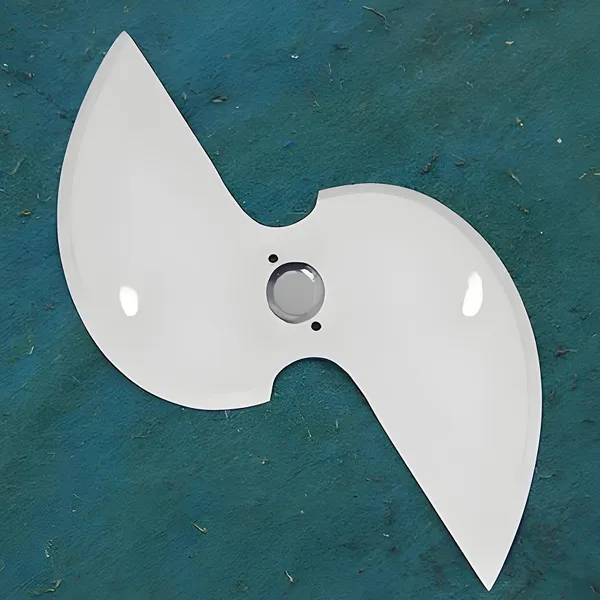
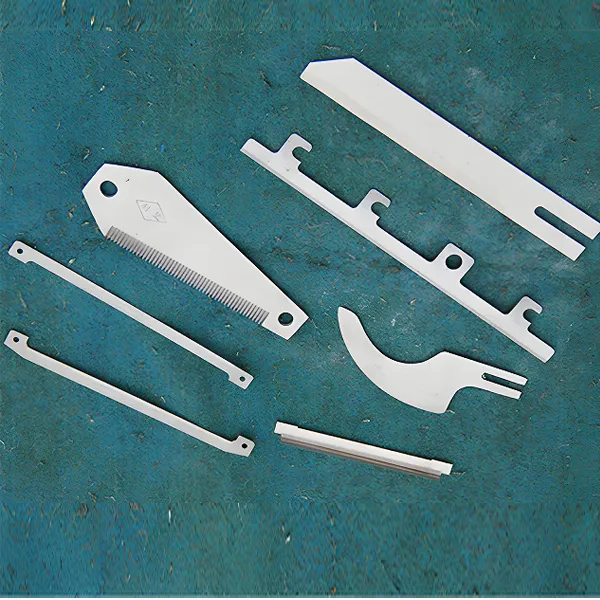
Cost-Effective Vegetable Cutting Machine Blades at Competitive Prices
We offers premium vegetable cutting blades that provide excellent value without compromising quality. Our competitively priced blades feature laser-cut stainless steel construction with specialized edge hardening for extended sharpness. Designed for dicers, slicers, and industrial food processors, these blades maintain precision cutting performance through continuous operation. The affordable vegetable cutting machine blade price reflects our direct manufacturing advantage, helping food businesses reduce equipment costs while achieving consistent julienne, dice, and slice quality in produce processing.
Get Binsheng Blade Tech Tips
ISO 9001 insights: industry trends & blade guides

